The main disadvantage of refractory silica brick for glass kiln
Jun 02, 2022
Silica brick is the most common and important type of brick used in various types of glass kilns. Silica bricks are mainly used in the ceiling, chest wall, end wall, small furnace, and regenerator ceiling of the upper space of the glass melting furnace. The raw material for the production of silica bricks is mainly crystalline quartzite, and a small amount of iron oxide and calcium oxide are added as mineralizers to promote tridymite as complete as possible and keep it fired in a stable temperature range. The SiO2 content of silica bricks is 93%. The lower limit is 96% to 98% for high-end products.
Silica brick has high-temperature structural strength, such as a high softening point under load (1640~1700℃) and low creep rate [1550℃-50h-0.2MPa-(6~7)×10-5].
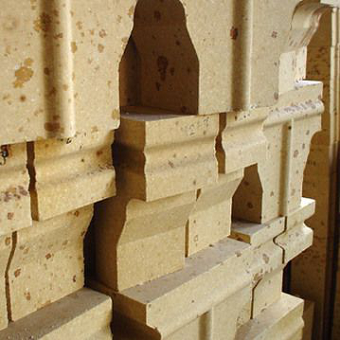
The main disadvantage of silica brick is its low thermal shock resistance
According to the phase transformation characteristics of quartz, the following stages should be controlled during firing:
(1) The stage from 500 to 700°C is the range in which β-quartz is transformed into α-quartz, with a volume expansion of 0.82%. The calcium hydroxide decomposes and undergoes a solid-phase reaction with the quartz particle surface to form CS.
(2) In the range of 800~1000°C, a small amount of liquid phase can be generated under the action of the mineralizer. According to the measurement results of the electronic dilatometer, there is a slight shrinkage at this stage, and the firing at this stage is relatively safe.
(3)However, the amount of liquid phase generated will gradually increase, which will slightly balance the huge volume effect.
(4) 1350~1450°C is the stage of a large amount of tridymite crystallization. There will be a 16.0% volume expansion from α-quartz to tridymite, but quartz cannot be directly converted into tridymite but is converted into tridymite through metastable cristobalite. Tridymite, the volume effect of this phase transition is not large. However, the heating rate should also be controlled at this stage, because: (1) The phase transition of quartz into metastable cristobalite still takes place at this stage. ② Sufficient time should be given to ensure that tridymite crystallization is as complete as possible. Therefore, the firing and holding time above 1350°C is very important to perfect the microstructure formation and obtain the best high-temperature volume stability.
Appearance is also specified in the standard as follows:
② Cracks on the silica brick parallel to the working face: the length is not greater than 1/5 of the length of the common edge between the face where the crack is located and the working face.
④ For bricks with a single weight greater than 40kg, the technical conditions shall be agreed upon by both parties.
China Building Materials Industry Standard (JC/T 616-2003 High-quality silica bricks for glass kilns) divides high-quality silica bricks for glass kilns into 3 grades according to the unit weight: XBG-96 for unit weight <15kg; 15kg<unit weight≤ 25kg is ZBG-96; 25kg<single weight≤40kg is DBG-96.
The standard also makes the following provisions on appearance:
①Cracks are only allowed to cross over one edge, and cross-edge cracks are not combined for calculation.
② Cross-section spalling: Bricks with a single weight less than or equal to 15kg shall be assessed according to the non-working face crack index; bricks with a single weight greater than 15kg shall be assessed according to the working face crack index, but the section spalling is not allowed to extend to the brick surface.
③ For bricks with a single weight greater than 40kg, the technical conditions shall be negotiated by both parties.
Relevant information
-
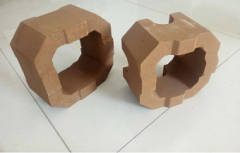
Main properties of magnesium oxide refractory
Performance characteristics of magnesia refractories and other basic refractories Performance characteristics of magnesia refractories and other basic refractories Refractories containing more than 80% ... -
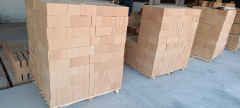
What properties of lightweight insulation fire clay bricks can be improved by the addition of kyanite?
Lightweight insulation fire clay bricks are a kind of shaped refractory material with clay as the main raw material, which is processed, shaped, dried, and calcined with clay. on the kiln. Due to the r ... -
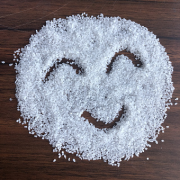
How is the effect of white fused alumina abrasive used in refractory materials?
After mixing, forming, drying, and firing at high temperature in a shuttle kiln. The product has the characteristics of high refractoriness, good thermal shock stability of white corundum, high high te ... -
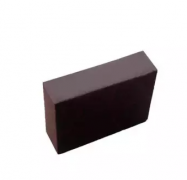
Characteristics of refractory magnesia chrome bricks for lime kiln
Lime kilns are mainly classified into square kilns and circular kilns. According to the classification of fired products, they can be divided into lime kilns, ceramic kilns, cement kilns, glass kilns, ...

